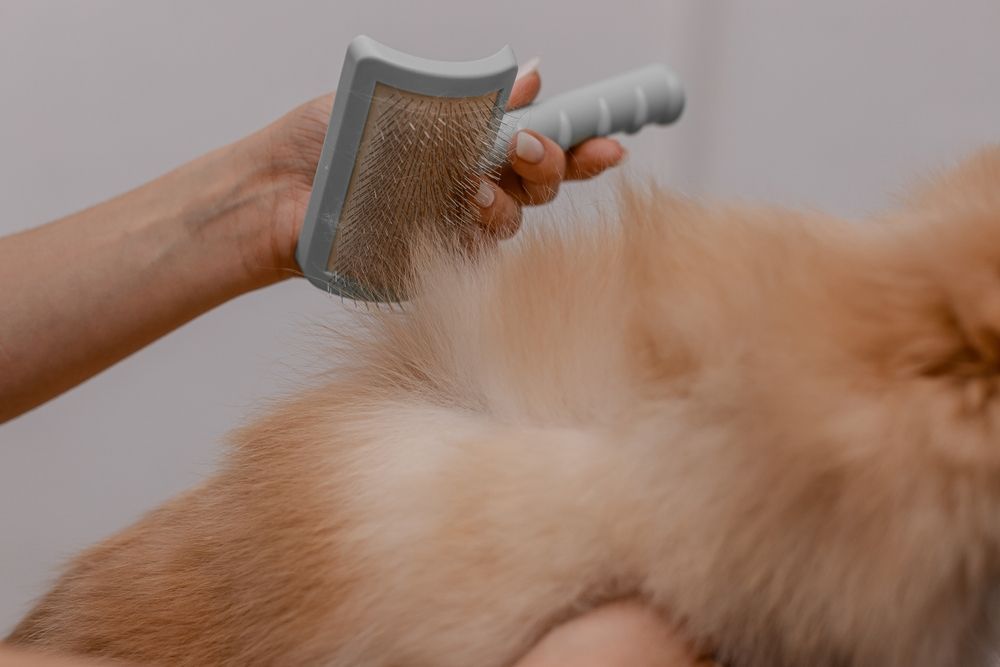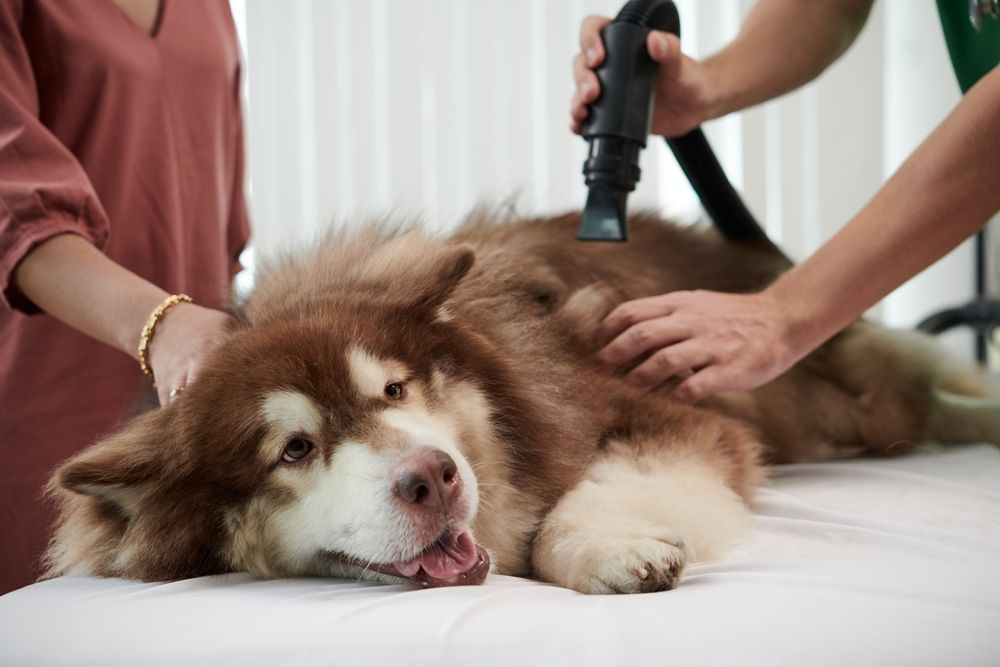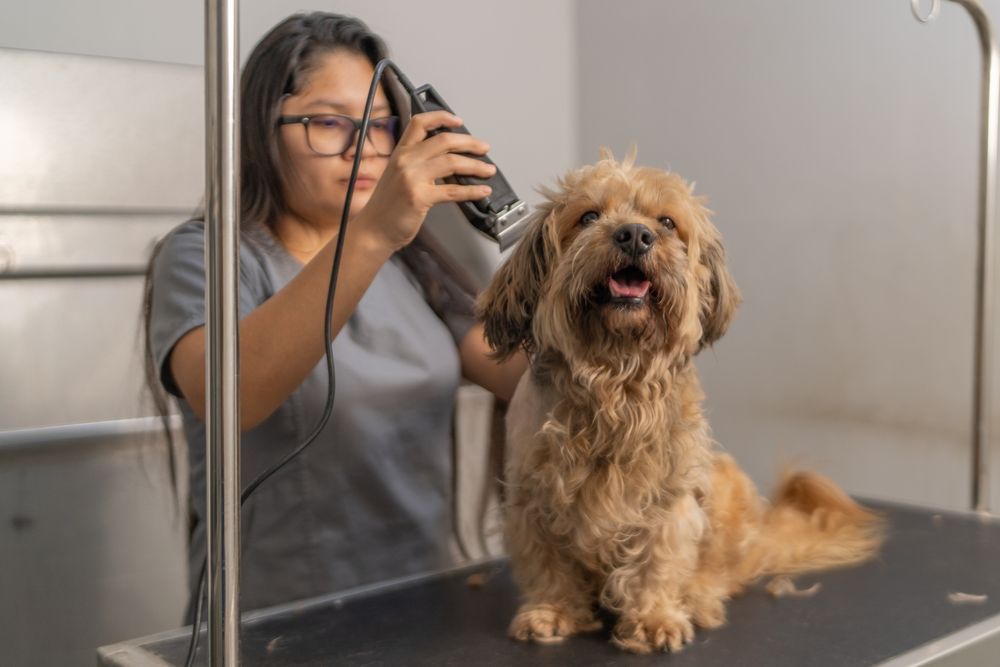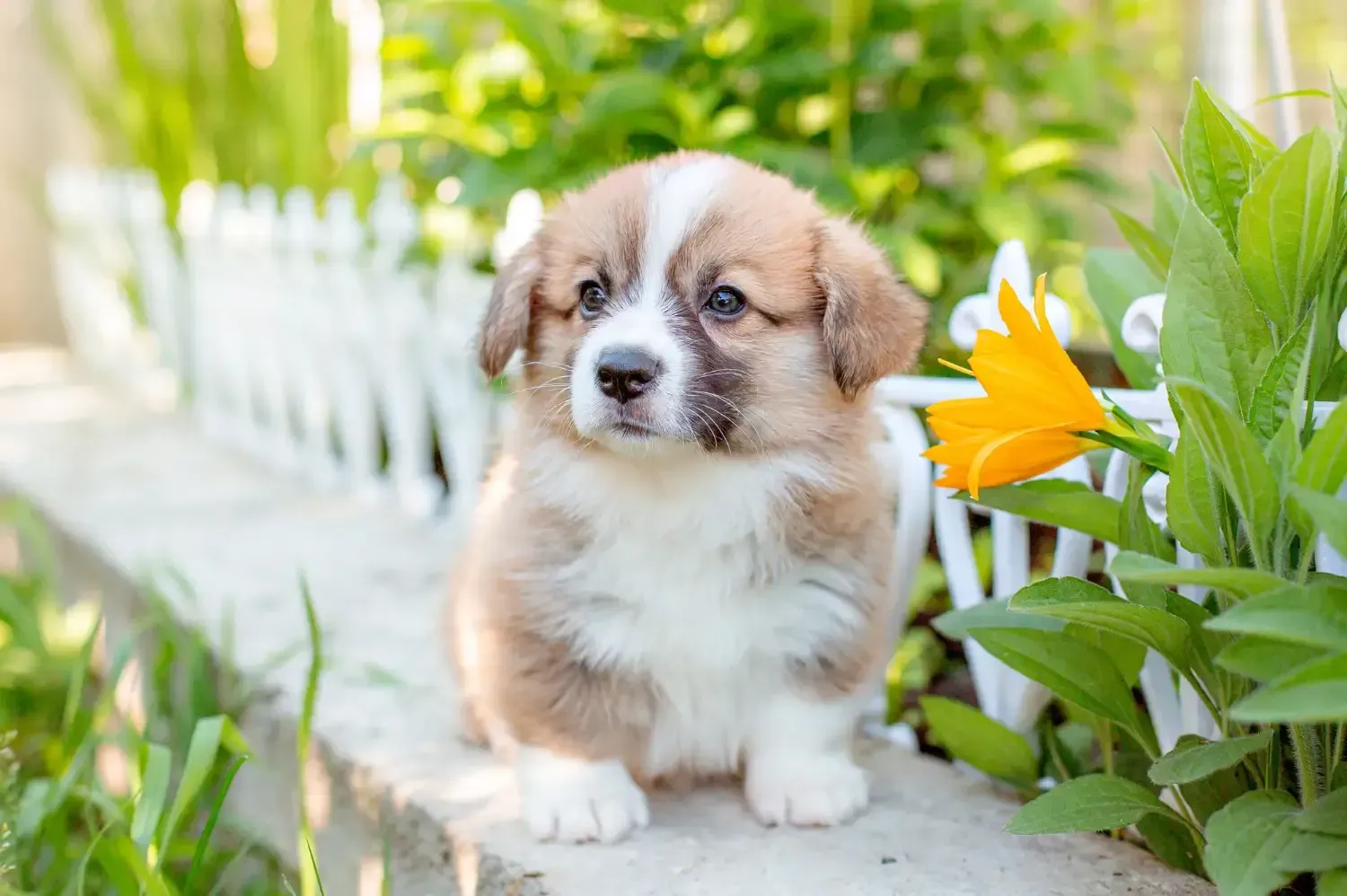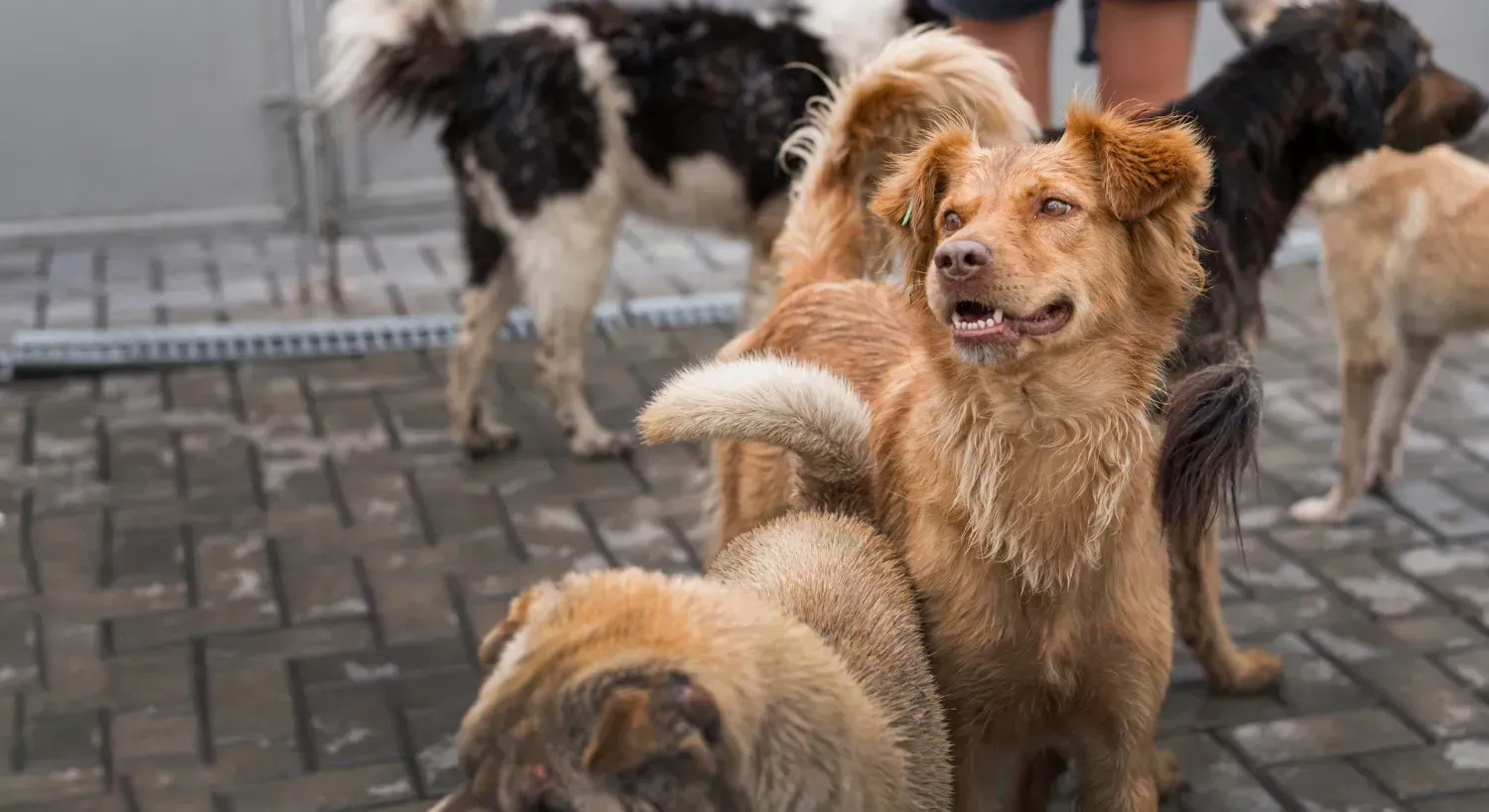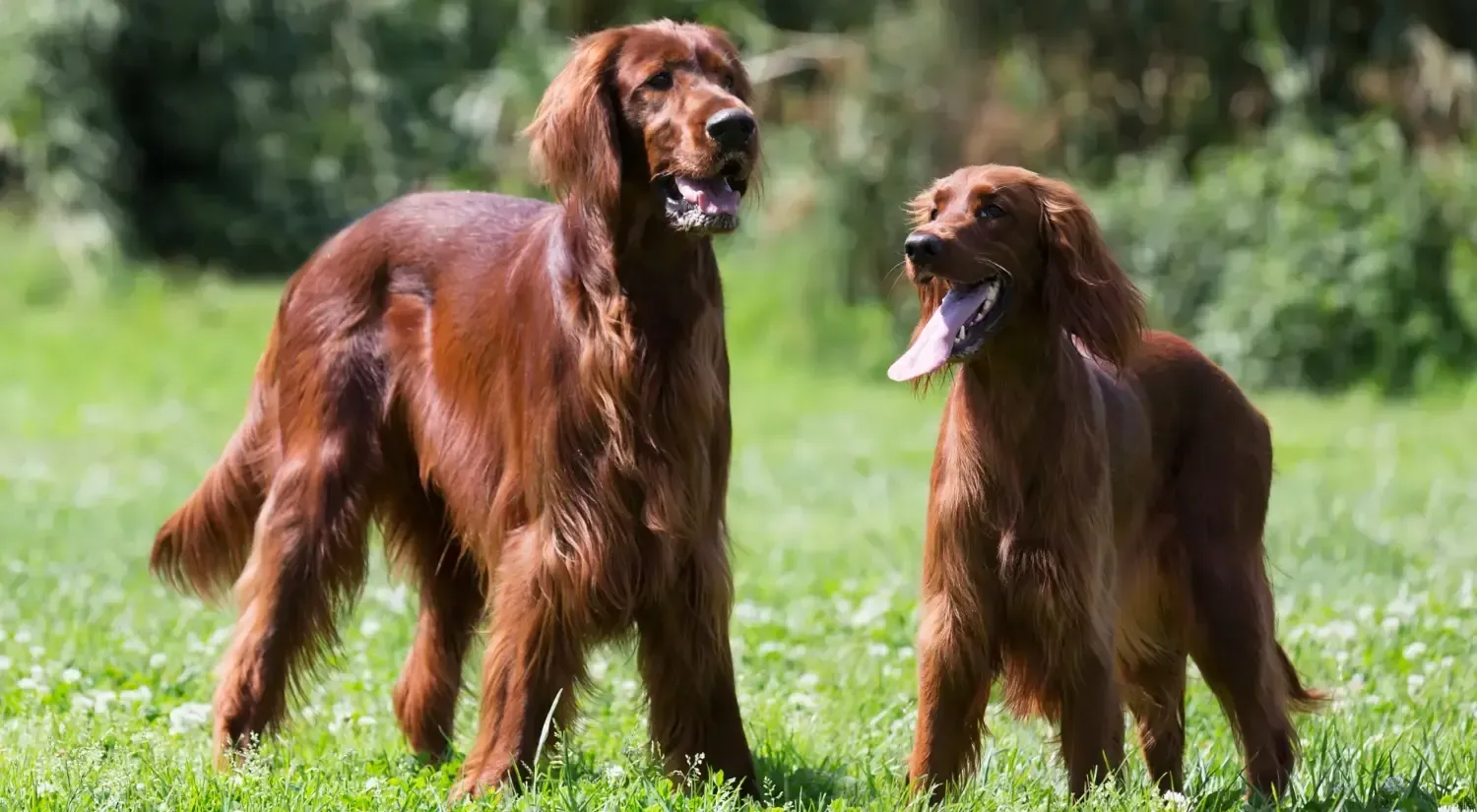How to Choose the Best Dog Brush for Your Pet
Keeping your dog’s coat healthy takes more than the occasional bath. Regular brushing helps remove loose hair, spreads natural oils, and keeps skin comfortable. It also cuts down on shedding around your home while giving your pet some well-deserved attention.
Every breed has its own coat type, and not all brushes work the same way. A tool that’s perfect for a short-haired pup might cause tangles or even irritation on a long-haired one. Using the wrong brush can make grooming uncomfortable and may lead to mats that are difficult to remove.
As a mobile pet groomer knows, choosing the right grooming tool makes all the difference. In this guide, you’ll find simple and practical advice to help you pick the brush that suits your dog’s coat, keeps them comfortable, and makes grooming easier for you.
Why Regular Brushing Matters
A well-brushed coat stays cleaner and healthier for longer. Brushing is one of the simplest
dog grooming basics that keeps a coat clean and skin healthy. Using the right dog brush helps lift out dirt, loose fur, and small tangles before they turn into painful mats. This keeps your dog looking neat while also making their coat easier to manage.
Consistent grooming also protects the skin. Removing excess hair allows air to reach the skin’s surface, reducing dryness and lowering the risk of hotspots or irritation. It’s a simple step that supports both comfort and overall health.
Beyond the physical benefits, brushing strengthens the bond between you and your pet. Dogs often find the attention calming, and it can turn into a positive routine you both look forward to.
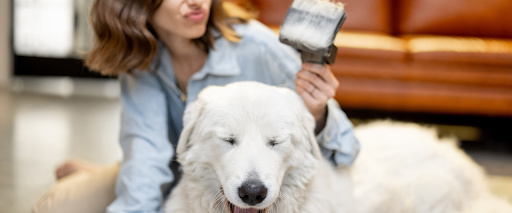
Understanding Your Dog’s Coat Type
Every dog has different coat needs, and knowing your pet’s coat type makes it easier to choose the right grooming routine. A few minutes spent on the correct care can keep their fur healthy and prevent future problems.
Short-Haired Breeds
Dogs with smooth, short coats don’t require heavy maintenance, but they still benefit from regular grooming. A quick brush helps remove loose fur and dander, keeping the coat shiny and comfortable.
Long-Haired Breeds
Breeds with flowing coats are more likely to tangle, so they need frequent attention. Without routine care, mats can form close to the skin, which can be uncomfortable and even lead to skin issues. Skipping brushing can lead to knots close to the skin, and ignoring them may cause painful mats (one of the most common
matted dog hair dangers). Gentle, steady brushing is the best way to avoid these problems.
Double-Coated Dogs
Double-coated dogs are a breed with two layers of fur that shed heavily during certain seasons. Regular deshedding helps control the extra hair, prevents matting, and keeps the undercoat from becoming too thick. Following simple brushing dog coat tips makes managing these breeds much easier and keeps their coats looking healthy year-round.
Types of Dog Brushes Explained
Every coat has its own needs, and not all grooming tools work the same way. Learning how each brush functions helps you choose the right brush for dogs so grooming becomes easier and more effective.
1. Slicker Brushes
Made with fine wire bristles, slicker brushes are excellent for tackling tangles and breaking up mats. They’re especially useful for breeds with long or curly fur that knot easily. Slicker brushes are also handy when you need to
detangle dog hair without pulling or causing discomfort.
2. Bristle Brushes
This style works best on short-haired breeds. The soft bristles smooth the coat, remove dirt, and spread natural oils, leaving the fur clean and shiny. They work especially well on certain
dog fur coats, like smooth or sleek coats that need a gentle touch.
3. Pin Brushes
Shaped like a typical hairbrush, pin brushes are gentle and useful for medium to long coats. They help loosen debris and keep the coat free from light tangles without causing discomfort.
4. Undercoat Rakes
Dogs with thick double coats shed heavily, and undercoat rakes are built for that challenge. Their long teeth reach deep to remove loose undercoat hair, making them a must-have for
double-coated dog grooming sessions.
Grooming Tools That Work Best
The right tool makes a big difference in keeping your dog’s coat healthy. Using the wrong one can cause discomfort or leave behind loose hair that should have been removed. Matching the tool to your pet’s coat type ensures grooming is both effective and gentle.
Combs are handy for working through knots and finishing a grooming session with a smooth look. Deshedding tools are designed to reach the undercoat, pulling out loose fur before it ends up around your home. They also help owners manage dog shedding before it gets out of control. Specialty brushes, like slickers or pin styles, focus on solving specific coat challenges such as mats or seasonal shedding.
By choosing the correct grooming tools for dogs, you’ll save time, reduce stress for your pet, and keep their coat in the best condition possible.
When to Ask for Professional Grooming
Sometimes brushing at home just isn’t enough to keep up with your dog’s needs. If you notice stubborn mats that are too difficult to remove, heavy shedding that fills your house with fur, or signs that brushing causes your pet discomfort, it may be time to call in an expert.
Professional grooming ensures your dog stays healthy, comfortable, and stress-free.
Pet owners can choose services designed for different coat types and challenges. The bath & de-shed is ideal for dogs that shed heavily, while the hand fluff dry & brush keeps long-haired breeds smooth and tangle-free. For pets with thick coats that shed seasonally, the dog De-Shed treatment provides targeted relief.
How to Maintain Brushing at Home
Keeping up with regular grooming at home doesn’t have to be difficult. Setting a routine based on your dog’s coat type helps prevent mats and reduces shedding. Short-haired breeds may only need brushing once or twice a week, while long-haired or double-coated dogs often do better with daily care.
Making the process enjoyable also matters. Use gentle strokes, start with short sessions, and reward your pet with treats or praise. With patience and consistency, most pets learn that brushing is pleasant, and soon your dog enjoys grooming as part of their routine.
Choosing the best dog grooming brush for your pet’s coat will make each session smoother and more comfortable, ensuring your dog stays clean and happy between professional grooming visits.
When to Ask for Professional Grooming
Sometimes brushing at home just isn’t enough to keep up with your dog’s needs. If you notice stubborn mats that are too difficult to remove, heavy shedding that fills your house with fur, or signs that brushing causes your pet discomfort, it may be time to call in an expert.
Professional grooming ensures your dog stays healthy, comfortable, and stress-free.
Pet owners can choose services designed for different coat types and challenges. The bath & de-shed is ideal for dogs that shed heavily, while the hand fluff dry & brush keeps long-haired breeds smooth and tangle-free. For pets with thick coats that shed seasonally, the dog De-Shed treatment provides targeted relief.
How to Maintain Brushing at Home
Keeping up with regular grooming at home doesn’t have to be difficult. Setting a routine based on your dog’s coat type helps prevent mats and reduces shedding. Short-haired breeds may only need brushing once or twice a week, while long-haired or double-coated dogs often do better with daily care.
Making the process enjoyable also matters. Use gentle strokes, start with short sessions, and reward your pet with treats or praise. With patience and consistency, most pets learn that brushing is pleasant, and soon your dog enjoys grooming as part of their routine.
Choosing the best dog grooming brush for your pet’s coat will make each session smoother and more comfortable, ensuring your dog stays clean and happy between professional grooming visits.
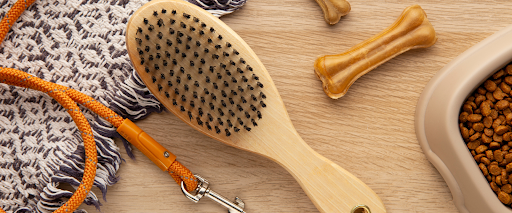
FAQ
What kind of brush is best for shedding dogs?
For heavy shedders, an undercoat rake or de-shedding tool works well. These grooming tools for dogs reach the loose hair under the topcoat and keep shedding under control.
How often should I brush my dog?
The routine depends on the breed and coat length. Short-haired dogs may only need a few sessions a week, while long-haired breeds benefit from daily care. Following simple brushing dog coat tips helps maintain a healthy coat.
Can brushing replace baths?
No, a dog brush removes dirt and loose hair, but it doesn’t replace the need for bathing. Baths help clean the skin and coat thoroughly, while brushing keeps it manageable between washes.
How do I brush a dog that hates grooming?
Start with short, gentle sessions and reward your pup afterward. Using the best dog grooming brush for their coat type makes the process more comfortable and less stressful.
Do puppies need brushing too?
Yes, brushing puppies helps them adjust to grooming early. Taking time to choose the right brush for dogs while they’re young makes the routine easier as they grow.
Conclusion
Brushing plays a big role in keeping your dog’s coat clean, comfortable, and free from mats. Using the right tool for their coat type makes grooming easier and more effective, while professional care can step in when brushing at home isn’t enough. With the right dog brush and a consistent routine, your pet will stay healthier and happier.
If you’d like expert help, you can
book a grooming appointment today.


